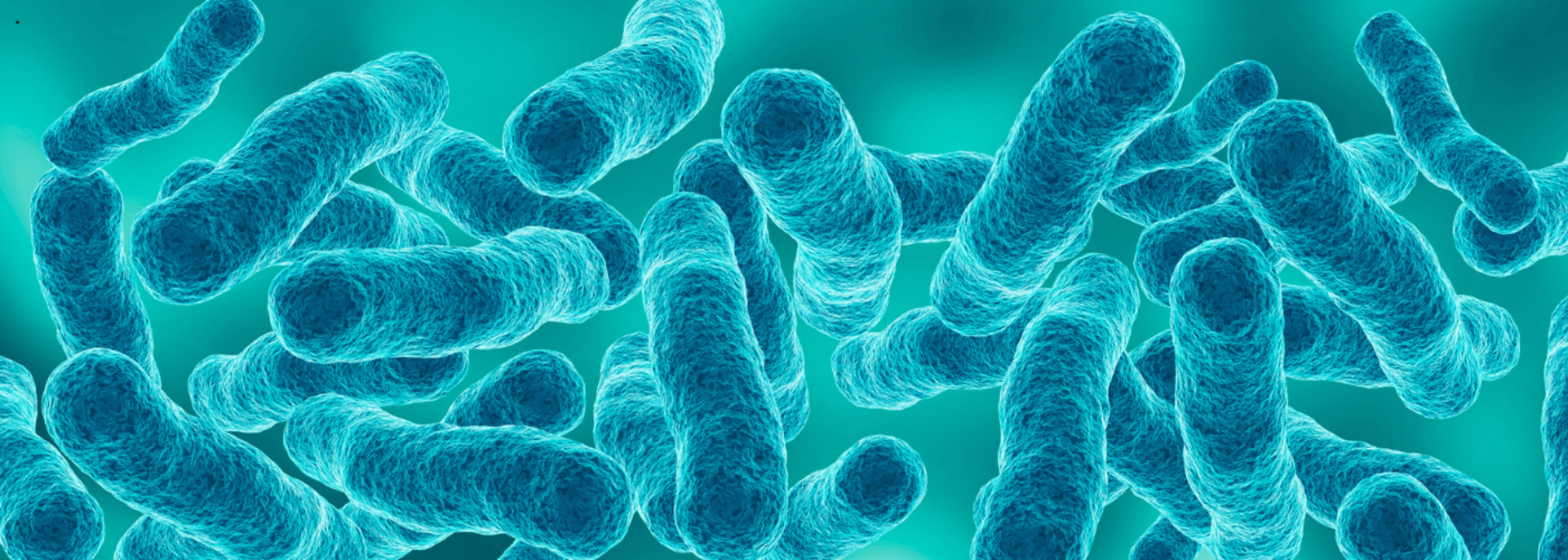What Is The Rare Neurological Disorder Guillain Barre Syndrome?

Credits: Canva
SummaryGBS symptoms include tingling in the hands and feet, followed by muscle weakness and difficulty moving. Symptoms often worsen for two to four weeks. In severe cases, it can result in full paralysis and difficulty breathing. Know more about it here.
End of Article
